Debris flow damage forces Tour of California to tweak Gibraltar stage
Remaining damage from January natural disaster leads to a change going through Montecito
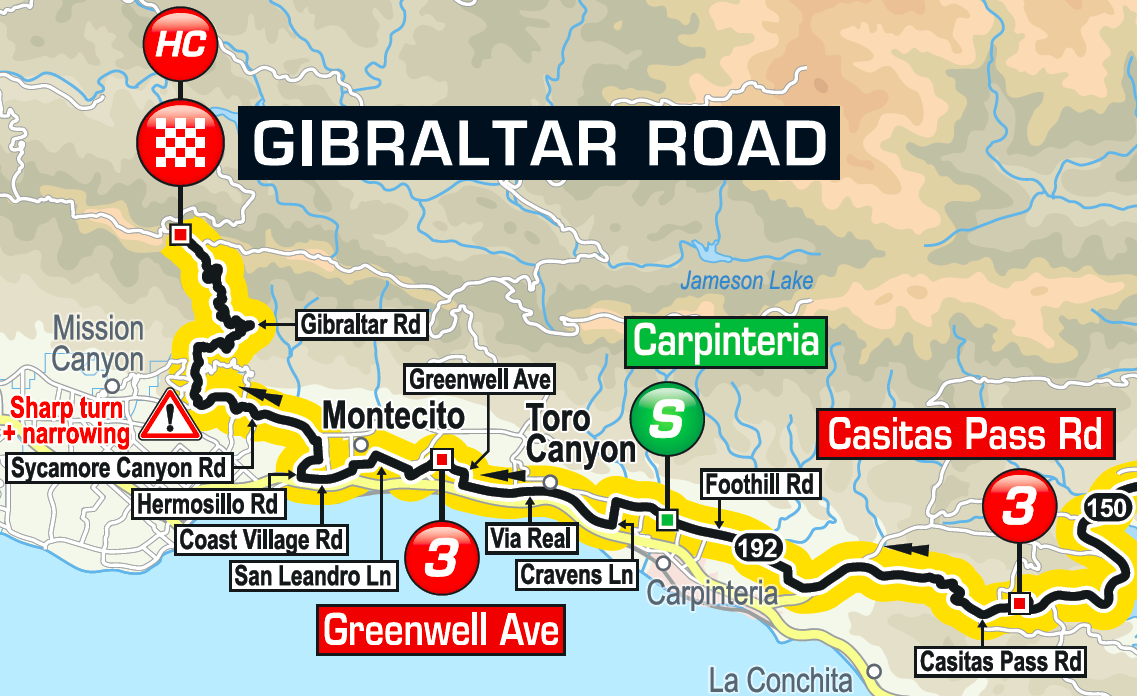
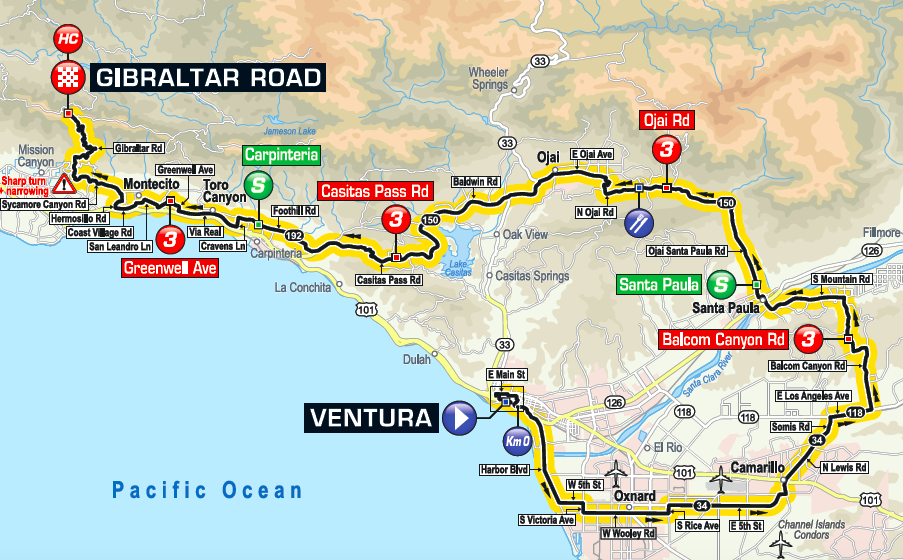
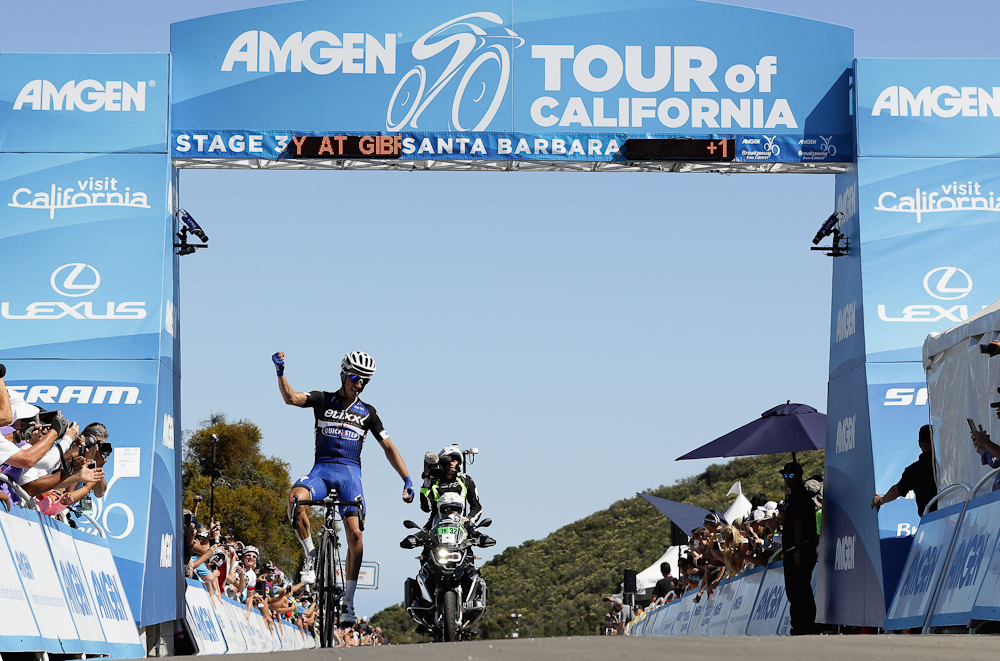
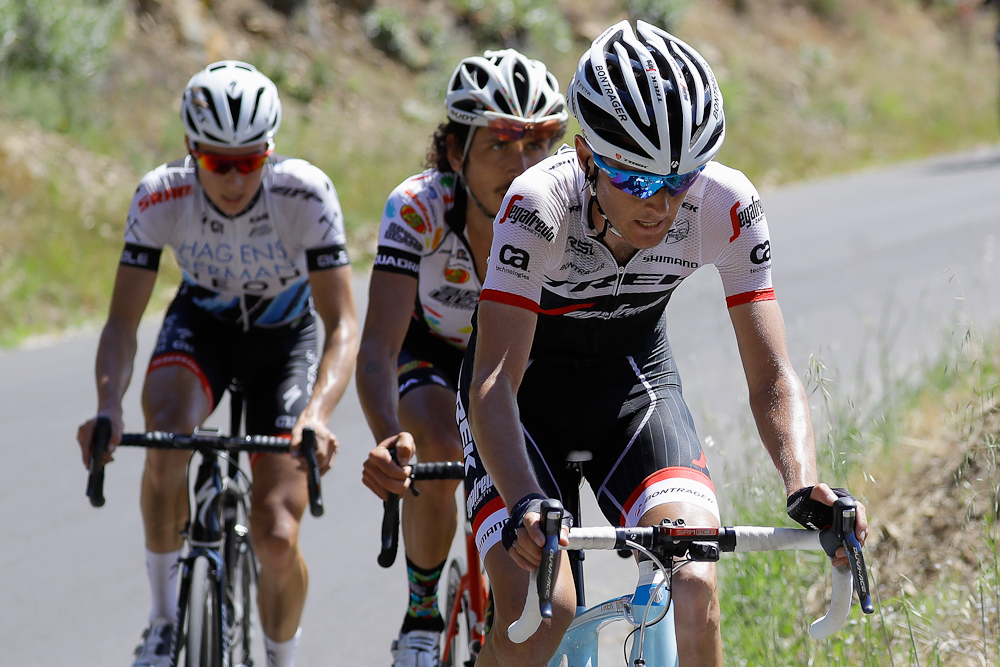
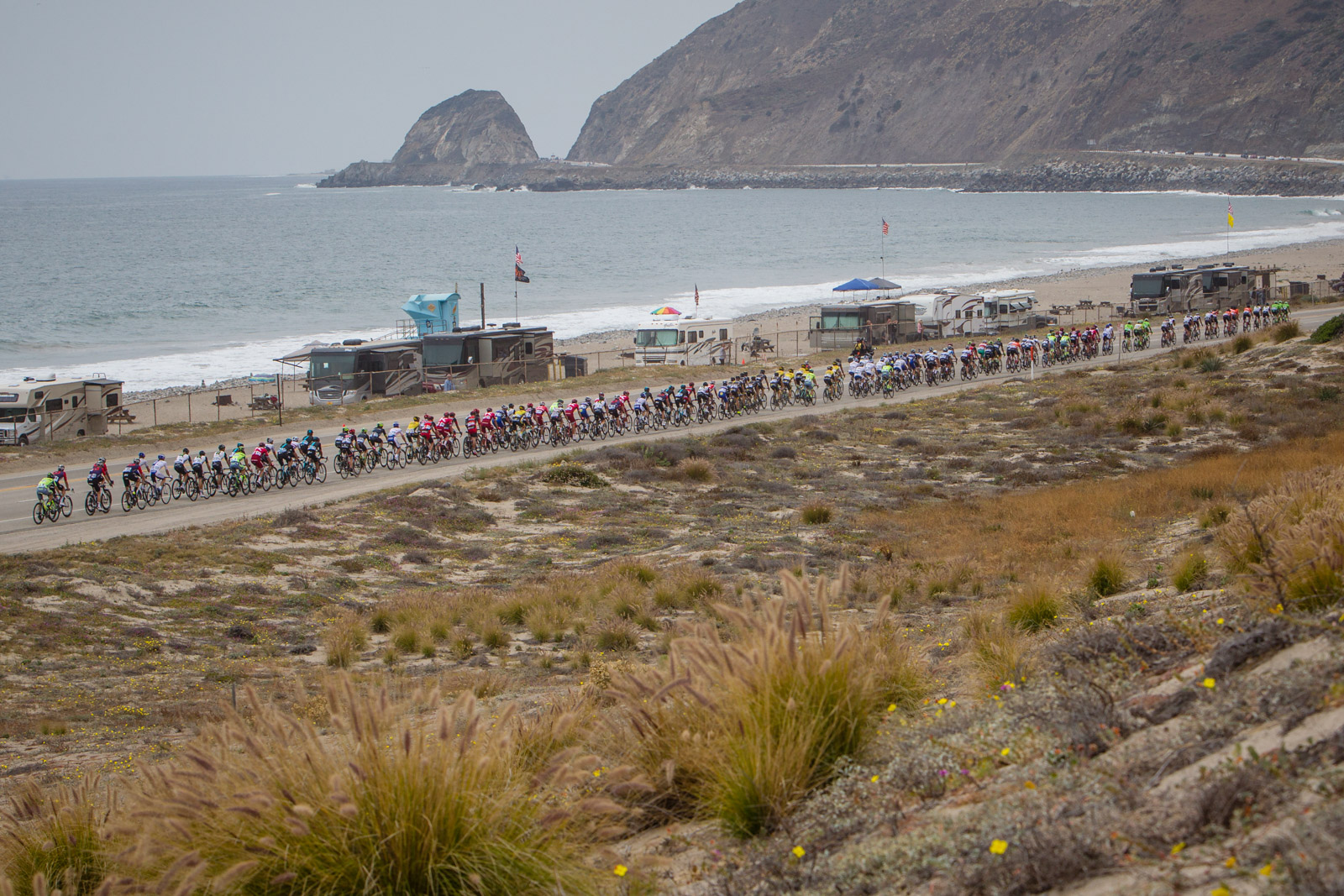
Amgen Tour of California organisers today confirmed that they had to make changes to the Queen stage on the second day of the race because of road damage remaining from the deadly debris flows that claimed 21 lives in Montecito last January.
The change comes toward the end of the 155km second stage that starts in Ventura and finishes near the top of Gibraltar Road just outside of Santa Barbara. Approaching Montecito from the southeast, the race will skip the original route on Highway 192 that passed through some of the affected hillside residential neighborhoods, choosing instead to take a road through the centre of Montecito near Highway 1 and meeting up with the original route on the other side of town.
The area suffered two major natural disasters last winter. In December, the largest wildfire on record in Southern California swept through Ventura County where the race starts. In January, heavy rains battered the damaged landscape, causing massive mudslides in Montecito that washed away homes and damaged roadways in a deadly wake of destruction.
"Once we saw the fire come through the whole route we knew we had a lot of work to do," said Eric Smith, the Tour of California's course director.
Smith and his crew immediately drove the affected roads to check for any damage. Initially, everything on the route was OK. Then the rains came.
"Once that happened we were checking with the county and checking with Caltrans and found all the damage and the roads that were closed," Smith said. "We quickly made an assessment that they wouldn't be reopening that road [Highway 192] until well after the race."
Damaged bridges were the biggest problem on the race route, and the county started demolishing some of the bridges on Monday to prepare for reconstruction. The revised route will stay closer to the coast, passing directly through Montecito's business district and putting the peloton back on the original route just as the race starts turning uphill for the finale.
The latest race content, interviews, features, reviews and expert buying guides, direct to your inbox!
"We had some discussions with Montecito, and they agreed once they understood that the closures were short - 15 minutes - and they'd be on TV, and it gives all these communities a shot in the arm," Smith said. "People can see that these towns are still here, they're still thriving, they're still alive, they're still waiting for people to come to town, spend some money, enjoy the fine restaurants and hotels. It's a win for them to have us come through."
The original route would have used Highway 192 to link up with the roads leading to Gibraltar. The revised route turns off 192 and toward the coast at Cravens Road east of Montecito, then takes Via Real to Jameson Lane, then Coast Village Road, Hermosillo Road, Hot Springs Road and Sycamore Canyon Road. Once in the hills properly, a series of small mountain roads and turns leads to Gibraltar Road. It remains to be seen whether the change will make the approach to the finale more or less hectic as teams battle for position
Four of the five categorised climbs on the stage remain intact, with the only change coming to KOM four, which moves from Valley Road at 131.5km to Greenwell Avenue at 134km. The other KOMs include Balcom Canyon at 50km, Ojai Road at 76km and Casitas Pass at 108.5km. All are category 3 climbs leading to the 12km hors category climb up Gibraltar Road for the mountain top finish. Intermediate sprints at Santa Paula and Carpinteria remain unchanged.
For Smith, finding a way to keep the Gibraltar stage mostly intact was a big relief for the race, and he hopes it's a winning solution for all involved.
"It was dicey for a while when we started to look at the different streets that we could take," he said. "I drove some of those streets, and I'll tell ya, you can watch it on TV, you can see pictures, but until you see it with your own eyes you cannot comprehend the power of these mudslides and the flooding. It's just phenomenal.
"I hope it's a win, win for everybody," he said. "They seem to be excited about us coming. Oxnard and Camarillo didn't suffer from the fires or the floods, but getting into Santa Paula and Ojai, Montecito and Santa Barbara County, it's a shot in the arm for them."
The race is also sponsoring an auction to benefit disaster relief. World champion and 'King of California' Peter Sagan (Bora-Hansgrohe), Mark Cavendish (Dimension Data) and Marcel Kittel (Katusha-Alpecin) have all committed to making the 2018 start line, and all three have contributed to the benefit, which includes signed items and VIP experiences among other things up for bid.
The Tour of California begins May 13 with a circuit race in Long Beach. The race concludes May 19 in Sacramento. The three-day women's race starts May 17 in Elk Grove and also finishes May 19 in Sacramento.
Pre-race festivities begin Friday, May 11, with the men's team presentation at from 6-9 p.m. at Ferris Wheel Lawn at the Pike in Long Beach. The women's team presentation will take place Wednesday, May 16, from 5-7 p.m. at Elk Grove Regional Park Pavilion. Both events are open to the public.
Growing up in Missoula, Montana, Pat competed in his first bike race in 1985 at Flathead Lake. He studied English and journalism at the University of Oregon and has covered North American cycling extensively since 2009, as well as racing and teams in Europe and South America. Pat currently lives in the US outside of Portland, Oregon, with his imaginary dog Rusty.
